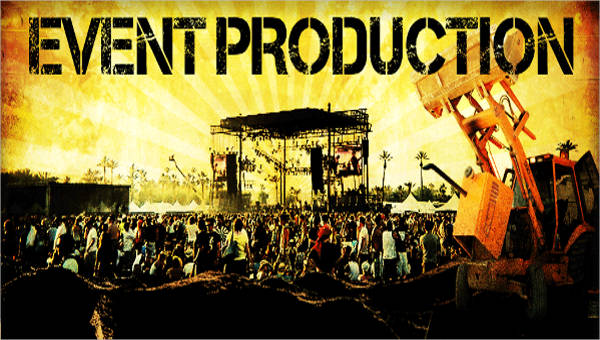The first step in footage projection on curved areas is to comprehend the geometry of the surface. Rounded areas can be intricate, with varying degrees of curvature. To achieve a smooth display, it is vital to create a 3D model of the surface. This representation helps in imagining how the footage will appear when projected. Applications tools are available that permit users to develop these representations and simulate the projection. By accurately mapping the measurements and shapes of the area, creators can ensure that the footage aligns perfectly without warping.
Once the 3D model is prepared, the following phase is to edit the footage content. This involves editing the video to suit the particular shape and size of the curved surface. It is crucial to take into account the angles and sightlines from which the audience will observe the display. The material should be designed to enhance the aesthetic encounter, making it engaging and pertinent to the concept of the event or installation. Using high-quality graphics and motion graphics can greatly improve the overall effect of the display.
After preparing the content, the real display process begins. This includes placing up the projectors at the correct positions and distances to guarantee that the footage aligns with the 3D model. Adjustment is a crucial part of this procedure. It may require adjusting the luminosity, More from the author differentiation, and focus of the projectors to obtain the best outcomes. Additionally, using multiple devices may be required to cover larger or more intricate surfaces. This technique, known as edge blending, helps create a continuous image across the whole surface.

Ultimately, trialing the projection is crucial before the conclusive show. This enables creators to make any required modifications to the video and projector configurations. It is also an opportunity to see how the audience will perceive the projection from different viewpoints. By confirming that the footage mapping is perfect, designers can deliver a remarkable aesthetic experience that leaves a memorable impression. Mastering footage mapping on rounded areas not only improves creative expression but also opens up new possibilities for storytelling and audience interaction in various settings.